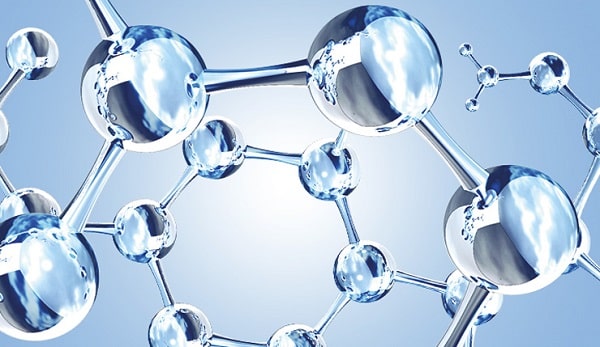SHARE THIS ARTICLE

General Public
What is Hyaluronic Acid Used For & What are Its Side Effects?
Feb 5, 2018
What is hyaluronic acid?
Also known as hyaluronan, hyaluronic acid is a naturally produced substance found in the joints, skin, tissues, and eyes. In the cosmetic and medicinal world, hyaluronic acid is used as a powerful hydrating and lubricating agent. This is due to its innate ability to bind to 1,000 times its molecular weight in water, helping cells to retain optimal levels of moisture.
As the body ages, its natural levels of hyaluronic acid are depleted. With this, the cells begin to lose moisture, resulting in reduced volume and hydration in the skin and a loss of lubrication in the joints. When added back into the body in a therapeutic manner, hyaluronan hydrates the cells, offering renewed youth to its users.
It is important to note that certain individuals should not use hyaluronan injections. This includes those with allergies to hyaluronan, as well as those with an active infection around the injection site. Pregnant and breastfeeding women should exercise caution when considering hyaluronic acid dermal fillers, as the effects of its use are not fully known on these populations.
What is hyaluronic acid used for?
Due to its hydrating and lubricating properties, hyaluronic acid may be used to treat a variety of medical and cosmetic issues. One example of hyaluronic acid as a product is Restylane. You can buy restylane here.
Osteoarthritis
Hyaluronic acid has also been found to treat osteoarthritis, a disease caused by the inflammation, breakdown, and eventual loss of cartilage in the joints. When injected directly into the knee, this substance works to lubricate the joints by improving the quality of the synovial fluid. With this, joint pain and stiffness are reduced, increasing overall comfort and function.
Ageing Skin
To reduce the fine lines, wrinkles, and volume loss associated with the ageing process, hyaluronic acid may be injected into the skin. By binding to water molecules at the cellular level, these dermal filler injections work to plump up, hydrate, and add volume back into the dermis.
Hyaluronan may also be used in mesotherapy treatments such as those found from the brand Restylane. These rejuvenating procedures involve the injection of hyaluronic acid into the subcutaneous fat of the face, neck, decolletage, and hands, and are intended to repair, protect, and hydrate the skin.
Facial Augmentation
For cosmetic purposes, hyaluronan dermal fillers may also be used to reshape, restructure, or add volume to the lips. Additionally, hyaluronic acid fillers can be used to lift the brows, contour the jawline, and augment the chin. Again Restylane is a popular dermal filler for facial augmentation as well.
Which is Better Juvéderm or Restylane?
You may have understood that most dermal fillers such as Juvederm and Restylane are hyaluronic acid based. In todays market there are over one hundred different dermal fillers, with a variety being approved for use in different markets. Two of the most popular and well known brands across all markets are Juvederm and Restylane and so its common to wonder which one is better. Both brands of dermal fillers have a wide range of indications covered by the product selection they have. In most cases the choice really comes down to the personal preference of the medical professional, their familiarity with the product and relationship with their supplier. At Maylips we cannot tell you which is better but we will do our very best to make sure you have a great experience dealing with us and will provide any and all information you may find beneficial to decide on which is better for your unique case.
Hyaluronan Side Effects
The most common side effects of hyaluronic acid use are injection-related. These issues are mild, and should diminish within a week of the procedure. However, adverse effects have also been reported with hyaluronan use. If these occur, medical attention should be sought immediately.
Common injection-related side effects include:
- Pain or discomfort;
- Bruising;
- Swelling;
- Light bleeding;
- Arthritis flares;
- The formation of nodules;
- And redness, tenderness, or itching.
Less common or rare side effects include:
- Hypersensitivity;
- Vascular occlusion;
- Allergy;
- Stroke;
- Headache;
- Nausea;
- Infection;
- And flu-like symptoms.
*Disclaimer: Information on Maylips.com is provided for informational purposes only. Self-medication is strictly prohibited. All aesthetic procedures should be provided by the licensed healthcare specialist after the consultation with the personal therapist. The information in this article should not be used for prescribing any medication for the beauty injections.
All brand and medication descriptions in the article are based on the personal opinion and are not endorsed by Maylips.com. The article content was not reviewed for medical validity. Use this article for information and not for a final decision on the procedure.

